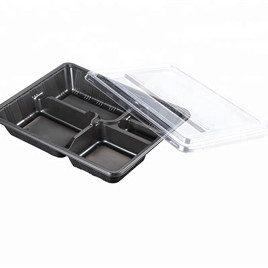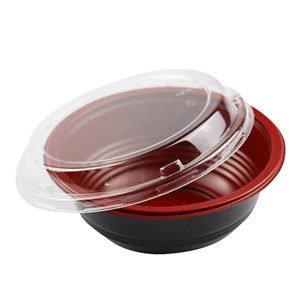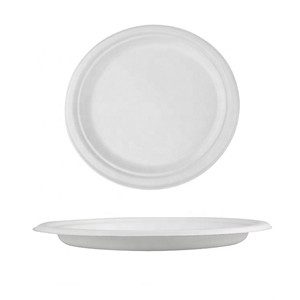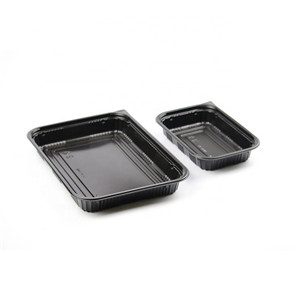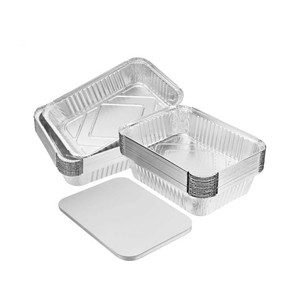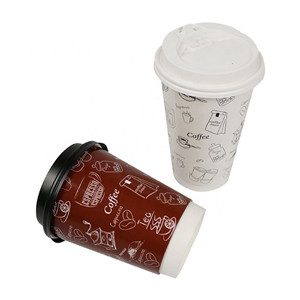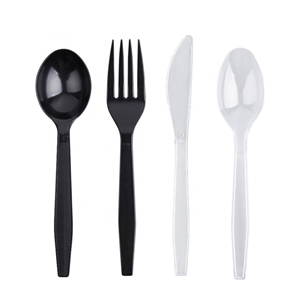Introduction: Paper food containers have gained popularity as an eco-friendly alternative to plastic and foam packaging. Understanding the lifecycle of these containers sheds light on their sustainability and environmental impact. From sourcing materials to disposal, every stage plays a role in the overall eco-friendliness of paper food containers. In this blog, we explore the lifecycle of paper food containers, from forest to table and beyond.
- Sourcing Sustainable Materials The lifecycle of paper food containers begins with the sourcing of raw materials. Responsible paper manufacturers use sustainable forestry practices, where trees are harvested in a manner that allows for regrowth and preserves natural habitats. Some paper manufacturers also incorporate recycled paper into their production, further reducing the demand for virgin fibers.
- Manufacturing and Production After sourcing the materials, the paper undergoes a manufacturing process, including pulping, pressing, and drying. For food-grade paper containers, non-toxic additives are used in the process to ensure the containers are safe for food contact. Innovative technologies have led to the development of water-resistant and compostable coatings, enhancing the functionality and eco-friendliness of the containers.
- Usage and Disposal During usage, paper food containers offer a convenient and eco-conscious option for serving food. They provide a suitable platform for diverse cuisines and can be easily disposed of after use. Ideally, consumers should follow recycling and composting guidelines to divert the containers from landfills and promote their proper end-of-life management.
- Composting and Biodegradation Compostable paper food containers can be diverted to commercial composting facilities, where they break down naturally into nutrient-rich compost. Proper composting ensures that the containers return to the earth as valuable organic matter, contributing to a circular and sustainable waste management system.
- Recycling and Reuse Recycling paper food containers is another environmentally friendly option. Recycling facilities can process the containers into recycled paper, reducing the need for virgin materials and conserving natural resources. Additionally, some paper containers are designed for multiple uses, making them suitable for reuse in home or commercial settings.
Conclusion: The lifecycle of paper food containers is a testament to their sustainability and eco-friendliness. From responsibly sourced materials to manufacturing, usage, and disposal, each stage plays a crucial role in reducing the environmental impact. Proper recycling, composting, and reuse practices further contribute to the circular economy, making paper food containers an excellent choice for businesses and consumers seeking eco-friendly food packaging solutions.


